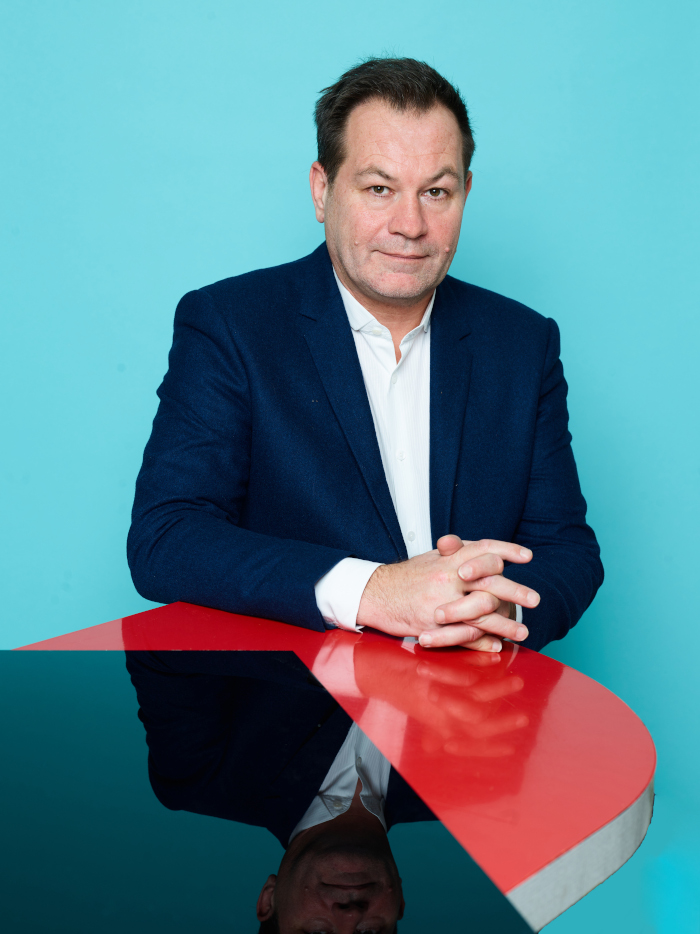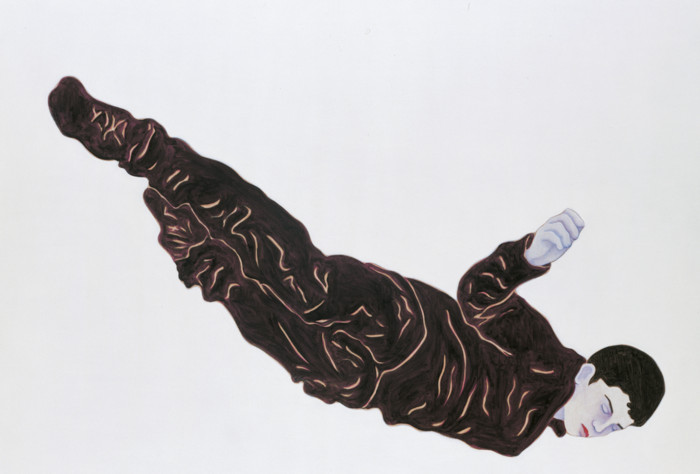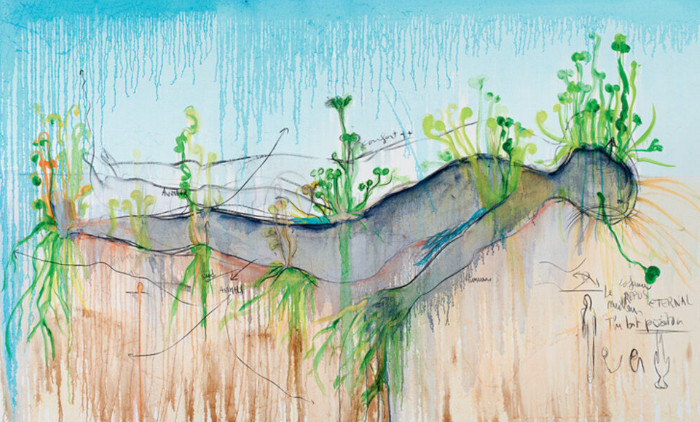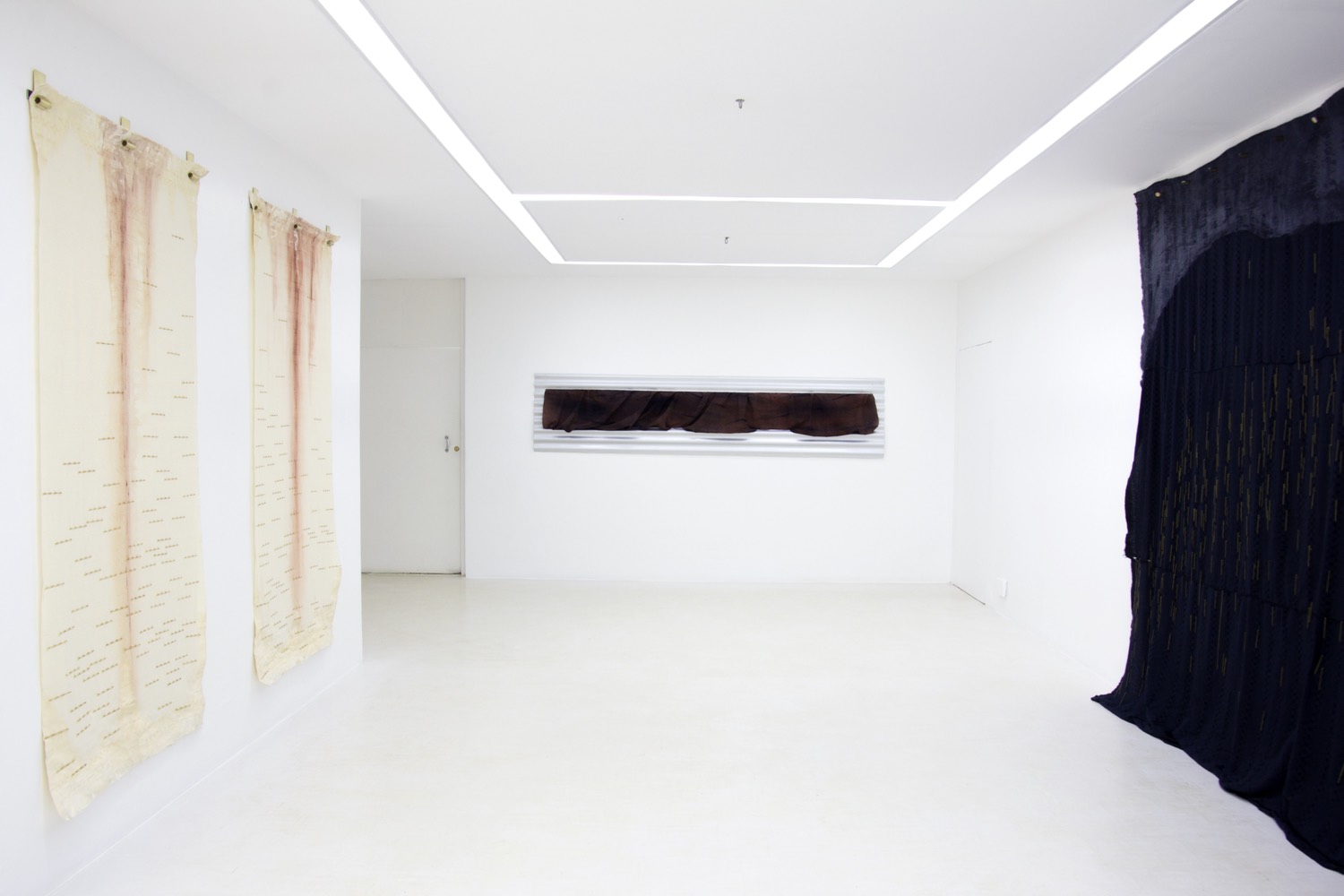Questions For Guillaume Piens, Fair director of Art Paris
How did you get started doing what you do?
I have been working at art fairs for 23 years, starting at the FIAC in 2000, before moving to Paris Photo in 2011. I took over the management of Art Paris in 2012 with the objective of developing a new artistic and strategic direction. It has now become a leading spring arts event in Paris, an innovative art fair that fosters discovery and sets out to explore the world of modern and contemporary art in-depth.
 Guillaume Piens. Photo credit: Céline Nieszawer.
Guillaume Piens. Photo credit: Céline Nieszawer.
What’s the first artwork you ever bought?
A painting by Djamel Tatah in 1993. At that time this French artist was not represented by a gallery. He is now currently having a retrospective at the Musée Fabre in Montpellier and a solo exhibition at Poggi Gallery in Paris.
 Djamel Tatah, Untitled, 2011
Djamel Tatah, Untitled, 2011
What’s something you wish you knew when you first started in the art world?
Art has always been a part of my life, in fact, I’d even go so far as to say that it is as important to me as the air I breathe.
What’s the most misunderstood aspect of the art market in your opinion?
Many see the Art Market and fairs as being only concentrated in speculation and investment. I do believe that art fairs can encourage the discovery of art and artists.
Which painter are you currently really excited about?
French artist Fabrice Hyber. The Fondation Cartier pour l’art contemporain is dedicating a large monographic exhibition to his painting. In his show “The Valley”, Hyber not only reveals a free and lively consciousness about its relationship to nature and to the world, but he creates a school open to all hypotheses at the heart of the foundation. Visitors are invited to explore the different “classrooms” according to a layout that follows the artist’s meandering thoughts.
 Fabrice Hyber. Confort éternel, 2022; Fusain, peinture à l’huile et pastel sur toile. 150×250×2,5 cm; © Fabrice Hyber / Adagp, Paris, 2022
Fabrice Hyber. Confort éternel, 2022; Fusain, peinture à l’huile et pastel sur toile. 150×250×2,5 cm; © Fabrice Hyber / Adagp, Paris, 2022
What’s the last art-related Instagram post you liked or account you followed?
I am following the artist‘s Instagram account of Jerry Gogosian. I really like the way he exposes the vanity of the art world with a great sense of humor.
What upcoming exhibitions are you looking forward to?
Obviously, Art Paris 2023. This 25th edition will bring together some 134 galleries from 25 different countries at the Grand Palais Ephémère from 30 March to 2 April 2023. It not only boasts a high-level selection, but it is also characterized by its two themes “Art & Commitment, a focus on the French scene” and “Exile: Dispossession and Resistance”, respectively orchestrated by independent guest curators, Marc Donnadieu and Amanda Abi Khalil.
In parallel, Paris is more than ever the capital of the arts this spring with a busy calendar of events. I can’t wait to see Manet / Degas landmark exhibition at the Musée d’Orsay; art and activism at the time of AIDS with Exposé-es at the Palais de Tokyo; Thomas Demand: Le bégaiement de l’histoire at the Jeu de Paume, a large-scale exhibition by this German artist with more than 70 works (photos, films and wallpaper); not forgetting two exceptional retrospectives of the work of Norwegian painter Anna-Eva Bergman at the Musée d’Art Moderne de Paris and South African photographer and activist Zanele Muholi at the Maison Européenne de la Photographie.
Tell us about an artist who should be getting more attention.
Within the theme on Exile at the fair, there will be one artist, Majd Abdel Hamid, shown by gb agency gallery who should definitely get more attention. Born in 1988 in Damascus and an exile from birth, he now divides his time between Beirut and Ramallah. His multimedia practice has enabled him to invent his very own land of memory and search for a way to mourn. Drawing inspiration from age-old activities in Palestine that include dying, washing, and repeated actions, Abdel Hamid brings his materials to life, proceeding with what could be described as physical and emotional mending. More than an aesthetic approach, the methodical gestures behind his coloured stitching are a technique for survival.
What’s the best piece of art-world advice you’ve ever been given?
Buy with your heart and not with your ears.
How do you gain confidence when buying art?
I travel a lot, visit artist studios, museum exhibitions, and art galleries. I also talk to a lot of people. This provides me with knowledge and insights about what to look at, but the more time goes by, the more I rely on my instinct and my emotions when buying art.

-min.jpeg)
